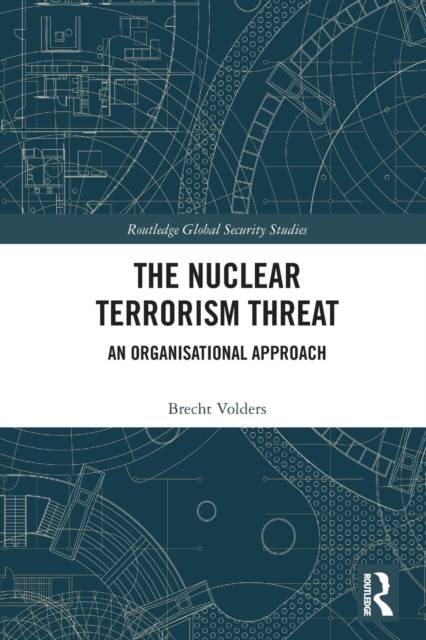
- Afhalen na 1 uur in een winkel met voorraad
- Gratis thuislevering in België vanaf € 30
- Ruim aanbod met 7 miljoen producten
- Afhalen na 1 uur in een winkel met voorraad
- Gratis thuislevering in België vanaf € 30
- Ruim aanbod met 7 miljoen producten
Omschrijving
This book examines the threat of a terrorist organisation constructing and detonating a nuclear bomb.
It explores the role and impact of the organisational design of a terrorist organisation in implementing a nuclear terrorism plot. In order to do so, the work builds on the organisational analogy between an assumed nuclear terrorism scenario and four case studies as follows: the construction of the first atomic bombs at Los Alamos; South Africa's Peaceful Nuclear Explosives (PNE) program; Aum Shinrikyo's chemical-biological armament activities; and Al Qaeda's implementation of the 9/11 attacks. Extrapolating insights from these case studies, this book introduces the idea of an effectiveness-efficiency trade-off. On the one hand, it will be argued that a more organic organisational design is likely to benefit the effective implementation of a nuclear terrorism project. On the other hand, this type of organic organisational design is also likely to simultaneously constitute an inefficient way for a terrorist organisation to guarantee its operational and organisational security. It follows, then, that the implementation of a nuclear terrorism plot via an organic organisational design is also likely to be an inefficient strategy for a terrorist organisation to achieve its strategic and political goals. This idea of an effectiveness-efficiency trade-off provides us with a tool to strengthen the comprehensive nature of future nuclear terrorism threat assessments and sheds new light on the ongoing debates within the nuclear terrorism literature.
This book will be of particular interest to students of nuclear proliferation, terrorism studies, international organisations, and security studies in general.
Specificaties
Betrokkenen
- Auteur(s):
- Uitgeverij:
Inhoud
- Aantal bladzijden:
- 196
- Taal:
- Engels
- Reeks:
Eigenschappen
- Productcode (EAN):
- 9780367711474
- Verschijningsdatum:
- 9/01/2023
- Uitvoering:
- Paperback
- Formaat:
- Trade paperback (VS)
- Afmetingen:
- 156 mm x 234 mm
- Gewicht:
- 294 g

Alleen bij Standaard Boekhandel
Beoordelingen
We publiceren alleen reviews die voldoen aan de voorwaarden voor reviews. Bekijk onze voorwaarden voor reviews.











